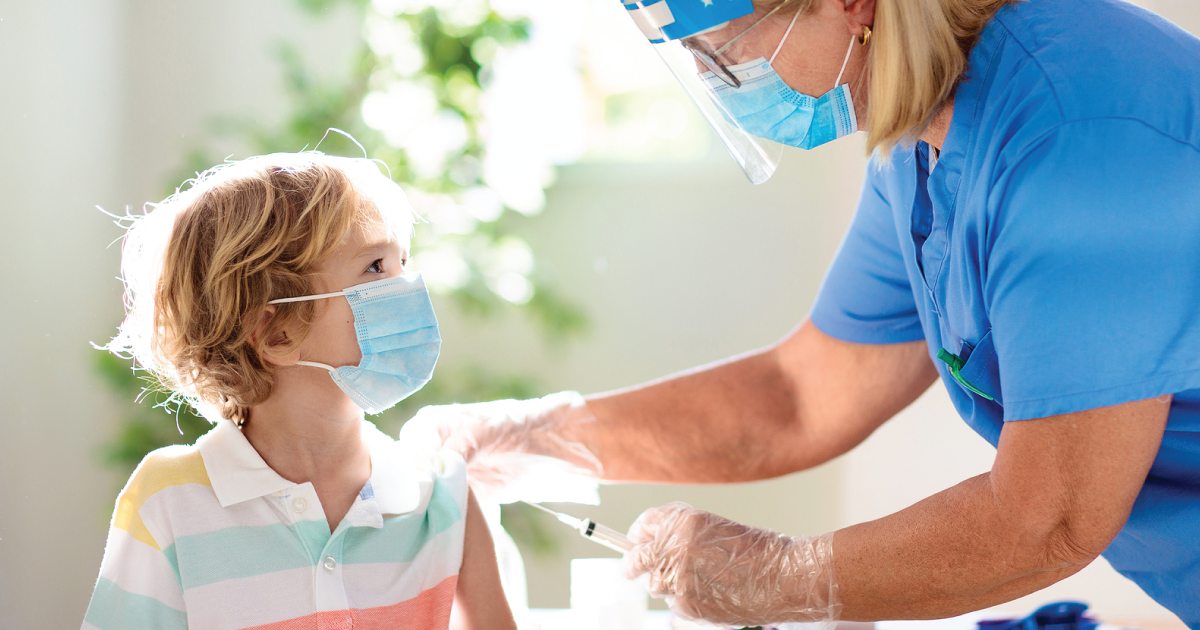
First COVID-19 Vaccine 90% Effective?
With more than 180 COVID-19 vaccines currently in development — 53 of them undergoing clinical trials in humans — manufacturers are racing to be the first to reach the market. Pfizer, in a joint venture with Germany-based BioNTech, may have just taken the lead, with an announcement that their mRNA-based vaccine candidate, BNT162b2, was “more than 90% effective” in a Phase 3 trial.
November 18, 2020 | Source: Mercola.com | by Dr. Joseph Mercola
With more than 180 COVID-19 vaccines currently in development1 — 53 of them undergoing clinical trials in humans2 — manufacturers are racing to be the first to reach the market. Pfizer, in a joint venture with Germany-based BioNTech, may have just taken the lead, with an announcement that their mRNA-based vaccine candidate, BNT162b2, was “more than 90% effective” in a Phase 3 trial.3
BNT162b2 was selected to move forward to a Phase 2/3 trial after an earlier version of the vaccine, BNT162b1— another mRNA-based vaccine candidate — resulted in considerable adverse events,4 including fever, which occurred in 50% of individuals who received the highest dose (100 micrograms), fatigue, headache and chills.
Side effects were even more common following the booster dose, after which more than 70% of participants experienced a fever at the mid-range (30 microgram) dose. In fact, those in the high-dose group didn’t even get the booster dose after the side effects were deemed to be potentially too severe.
https://www.youtube.com/watch?v=K4GoqMsOnFU
While the vaccines are similar, with the BNT162b2 vaccine, mRNA encodes the full-length spike protein. A spike protein is a glycoprotein protruding from the envelope of a coronavirus that allows entry into the cell.5 In an earlier study, while BNT162b2 appeared to cause fewer side effects, antibody titers were lower in a group of older individuals, ranging in age from 65 to 95 years, than in younger individuals.6
Geometric mean titers (GMTs), which are used as a measure of immune response, were about 40% lower among older individuals given Pfizer’s BNT162b2 COVID-19 vaccine than they were in younger age groups, a concerning finding considering it’s the older individuals who are most at risk from severe COVID-19.
Is Pfizer’s COVID Vaccine Really 90% Effective?
In a Phase 3 efficacy trial, a vaccine is given to thousands of people, while researchers wait to see how many end up infected compared to those given a placebo.7 Pfizer’s Phase 3 clinical trial began July 27, 2020 and enrolled 43,538 participants8 to date ranging in age from 12 years to over 55, with a minimum of 40% of participants in the over 55 age range.9
Participants received either a two-dose series of BNT162b2, given at the 30-microgram dose 21 days apart, or a placebo. Initially an interim analysis was set to be conducted after 32 COVID-19 cases, but “after discussion with the FDA,” they increased it to after a minimum of 62 cases. According to Dr. Albert Bourla, Pfizer Chairman and CEO, in a press release:10
“Upon the conclusion of those discussions, the evaluable case count reached 94 and the DMC (Data Monitoring Committee) performed its first analysis on all cases.
The case split between vaccinated individuals and those who received the placebo indicates a vaccine efficacy rate above 90%, at 7 days after the second dose. This means that protection is achieved 28 days after the initiation of the vaccination, which consists of a 2-dose schedule.”
Bourla added the caveat, “As the study continues, the final vaccine efficacy percentage may vary.” In fact, there are many questions that remain unanswered regarding the reported 90% efficacy rate.
While Pfizer did release a clinical protocol of its trial,11 data for the interim analysis have not been released. “This is science by public pronouncement,” William Haseltine, an infectious disease expert and former Harvard medical professor, told Business Insider.12
COVID-19 Vaccine Trials ‘Designed to Succeed’
In September 2020, Haseltine criticized COVID-19 vaccine trials, including Pfizer’s, saying their protocols reveal that they’re “designed to prove their vaccines work, even if the measured effects are minimal.”13
He points out that prevention of infection is a critical endpoint in a normal vaccine trial, but prevention of infection is not a criterion for success for COVID-19 vaccines in development by Pfizer, Moderna, AstraZeneca or Johnson & Johnson. According to Haseltine:14
“Any vaccine trial should include regular antigen testing every three days to test contagiousness to pick up early signs of infection and PCR testing once a week to confirm infection by SARS-CoV-2 test the ability of the vaccines to stave off infection. Prevention of infection is not a criterion for success for any of these vaccines.
In fact, their endpoints all require confirmed infections and all those they will include in the analysis for success, the only difference being the severity of symptoms between the vaccinated and unvaccinated. Measuring differences amongst only those infected by SARS-CoV-2 underscores the implicit conclusion that the vaccines are not expected to prevent infection, only modify symptoms of those infected.”
He also explains that while most people expect that a vaccine will prevent serious illness in the event they’re infected, “Three of the vaccine protocols — Moderna, Pfizer, and AstraZeneca — do not require that their vaccine prevent serious disease only that they prevent moderate symptoms which may be as mild as cough, or headache.”15
